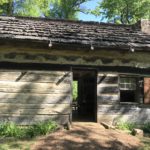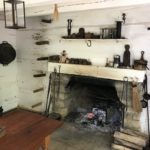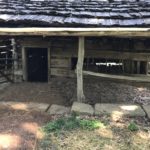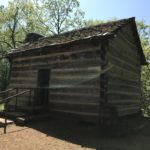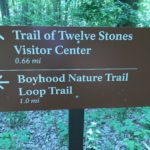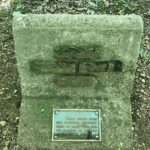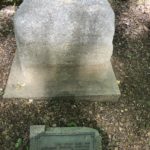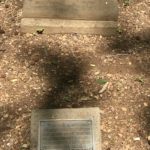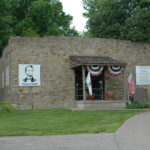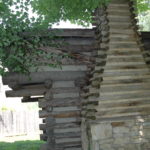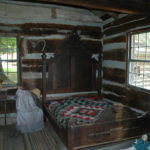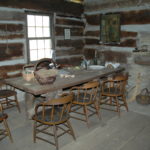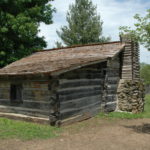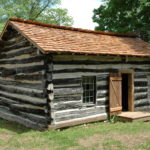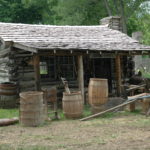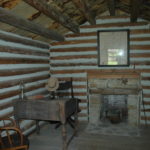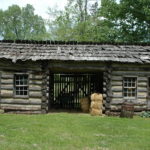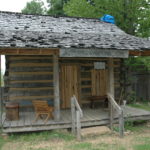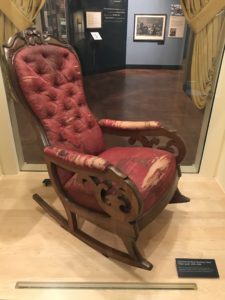 My Chasing Abraham Lincoln tour took me to Dearborn, Michigan to see the chair. “The Chair.” The rocking chair that Abraham Lincoln was sitting in the moment he was assassinated. The chair is in the Henry Ford Museum of American Innovation, which along with its outdoor venue, Greenfield Village, is a treasure trove for Abraham Lincoln aficionados.
My Chasing Abraham Lincoln tour took me to Dearborn, Michigan to see the chair. “The Chair.” The rocking chair that Abraham Lincoln was sitting in the moment he was assassinated. The chair is in the Henry Ford Museum of American Innovation, which along with its outdoor venue, Greenfield Village, is a treasure trove for Abraham Lincoln aficionados.
After spending the previous day in the bowels of the Allen County Public Library in Fort Wayne, Indiana, where Emily Rapoza helped me research their incredible Lincoln collection, I drove from Fort Wayne up to Dearborn to see the original rocking chair. After it had languished for decades in storage at the Smithsonian Institution, the aging widow of Ford’s Theatre co-owner Harry Ford reclaimed it in 1929, and it was soon auctioned for $2,400. The buyer? An agent for automobile pioneer Henry Ford (no relation to the Ford’s Theatre Fords). Henry Ford had revered Lincoln, the “humble, self-made man, the ordinary man who seized opportunity and raised himself up.” The Lincoln rocking chair now sits in a temperature and humidity controlled glass enclosure in the Henry Ford Museum.
But there was more Lincoln to the visit. Prior to the protected spot in which it now sits, the chair was held in the Logan County Courthouse in the adjoining Greenfield Village. This is the actual courthouse from Postville, Illinois (since renamed Lincoln, Illinois) in which Lincoln practiced in during his long months on the 8th Judicial Circuit. Ford had it transported to Michigan and restored to depict Lincoln’s visits between 1840 and 1847.
The chilly, rainy day I visited made the warm and dry courthouse a welcome retreat. A somewhat bored docent was happy to see someone he could entertain. Finding a knowledgeable patron, his love for talking about Lincoln cascading out like the water Lincoln saw flowing over the lip of Niagara Falls. I decided not to tell him about my own book about Lincoln and let him run on with an incredible font of information about the courthouse, Lincoln, and legal circuit. He also told me the wardrobe sitting in the corner of the courthouse was believed to have been built by Lincoln’s father, Thomas. The knowledge and enthusiasm the docent exhibited was exhilarating. He was so enthralling I didn’t even tell him I had written a book on Lincoln.
One of my previous books was about Thomas Edison and Greenfield Village also has a replica of Thomas Edison’s Menlo Park lab, including some original outbuildings and even soil carted in by train from the New Jersey site. I had visited the current Menlo Park site museum and its towering lightbulb, as well as his West Orange (NJ) and Fort Myers (FL) laboratories, so it was a great treat to see one of his first labs as it was. Even more exciting, I fortuitously was there during one of the periodic visits by Edison himself, an actor who came into the lab in character and told us all about his current work. Afterwards I toured some old saw and grist mills important for my research.
Back inside the Ford Museum I found a small center table and side chair once owned by Abraham and Mary Lincoln in their Springfield, Illinois home. Furniture owned by other writers like Mark Twain and Edgar Allan Poe were a thrill to see. I also spent some time in the Agriculture section of the museum where I could see some of the technological improvements (e.g., a McCormick reaper) that I’m researching for my next Lincoln book. For the science geek in me they had a Mathematica section with all sorts of cool exhibits.
Both the Museum and the Village have much more worth seeing and I highly encourage everyone to make the trip. There truly is something for everyone here and one can’t help but learn some history and science while being entertained.
My Chasing Abraham Lincoln tours continue! Much more to come.
David J. Kent is an avid science traveler and the author of Lincoln: The Man Who Saved America, in Barnes and Noble stores now. His previous books include Tesla: The Wizard of Electricity and Edison: The Inventor of the Modern World and two specialty e-books: Nikola Tesla: Renewable Energy Ahead of Its Time and Abraham Lincoln and Nikola Tesla: Connected by Fate.
Check out my Goodreads author page. While you’re at it, “Like” my Facebook author page for more updates!





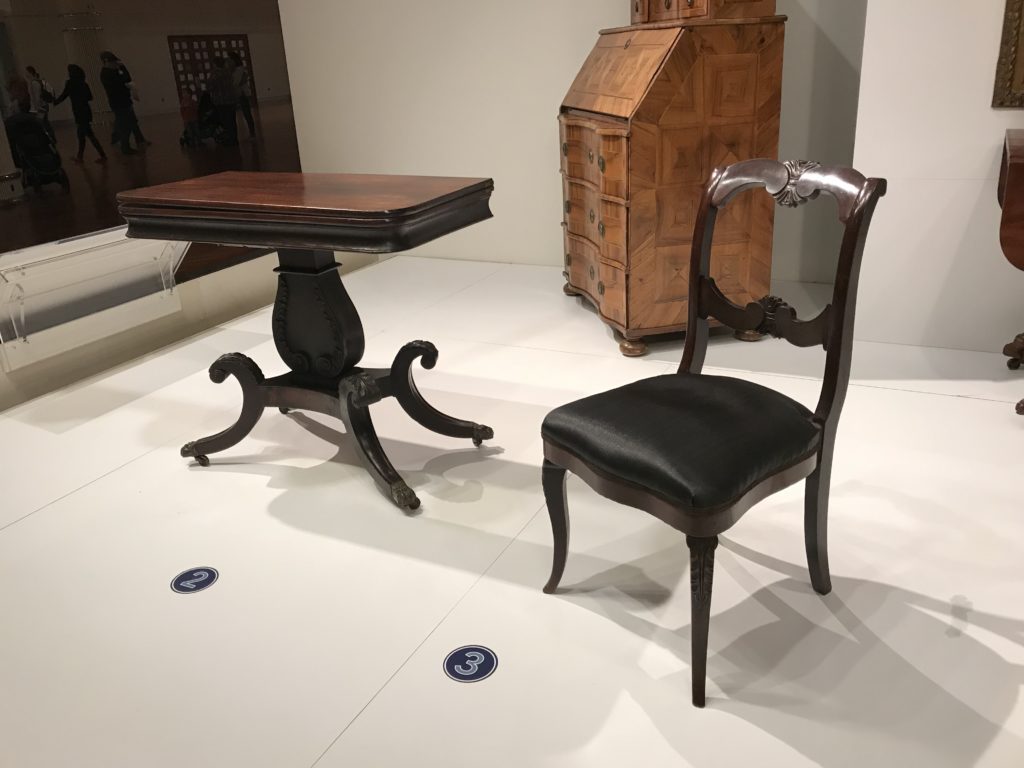
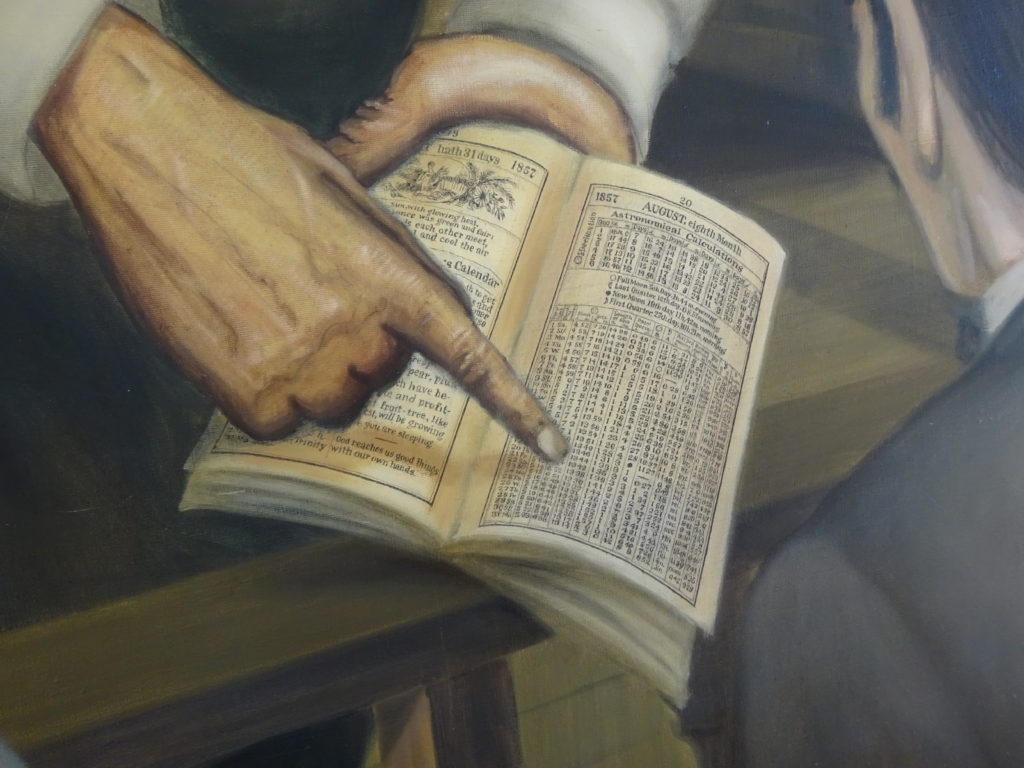




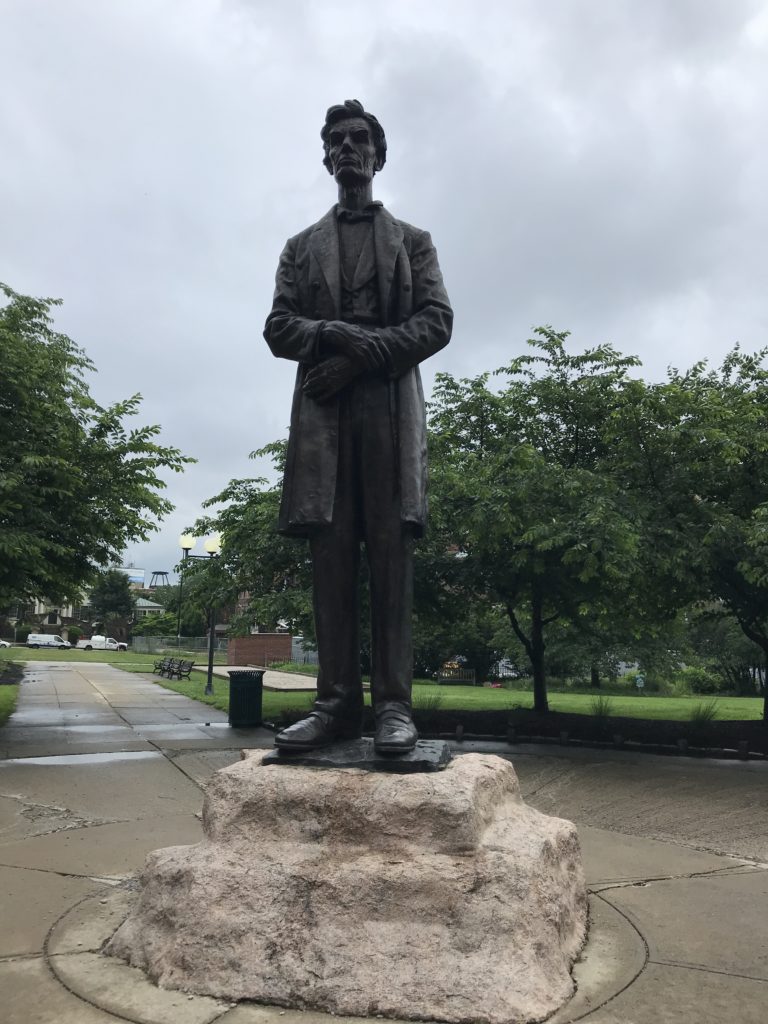 To be honest, it does look like Lincoln is feeling some distress (and not just because I was dodging rain drops to take the photo). The sculptor, George Grey Barnard, intended a frontier Lincoln, dressed his usual frumpy, with his arms clasped in front of him. At 11 feet tall, plus a pedestal, the statue is rather impressive.
To be honest, it does look like Lincoln is feeling some distress (and not just because I was dodging rain drops to take the photo). The sculptor, George Grey Barnard, intended a frontier Lincoln, dressed his usual frumpy, with his arms clasped in front of him. At 11 feet tall, plus a pedestal, the statue is rather impressive.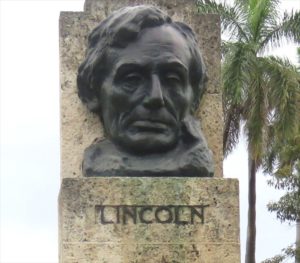 Abraham Lincoln is everywhere. I just saw his bust in a park in
Abraham Lincoln is everywhere. I just saw his bust in a park in 


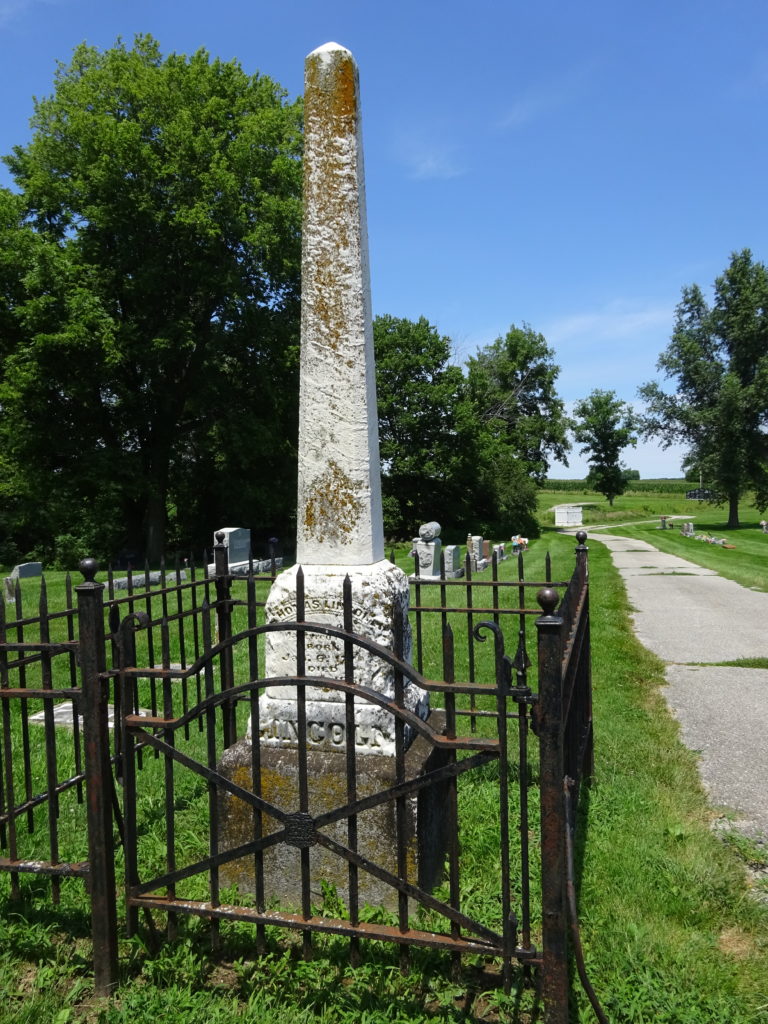 George Balch, a local farmer and poet who knew Thomas and Sarah Lincoln, wrote a poem years later to bring public attention to the neglected condition of the grave. A portion graces the waymarker sign; the following presents the entire poem.
George Balch, a local farmer and poet who knew Thomas and Sarah Lincoln, wrote a poem years later to bring public attention to the neglected condition of the grave. A portion graces the waymarker sign; the following presents the entire poem.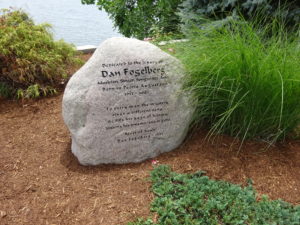 “Will it play in Peoria?” It did. They did. And I did. How a
“Will it play in Peoria?” It did. They did. And I did. How a 




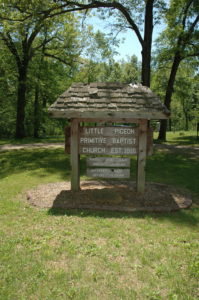 Directly across the road from the
Directly across the road from the 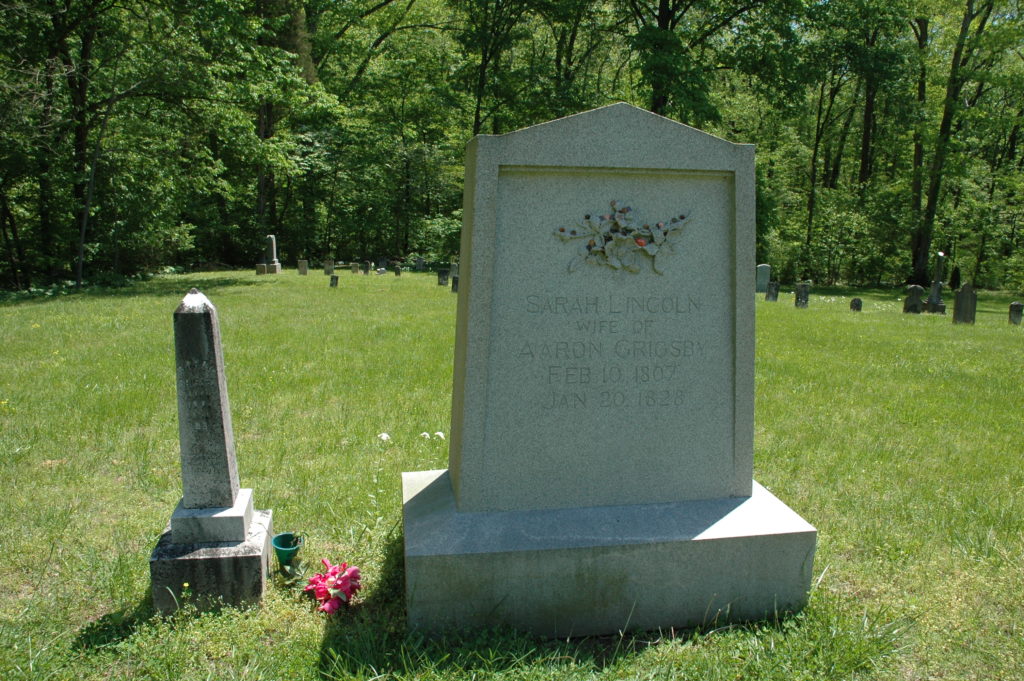

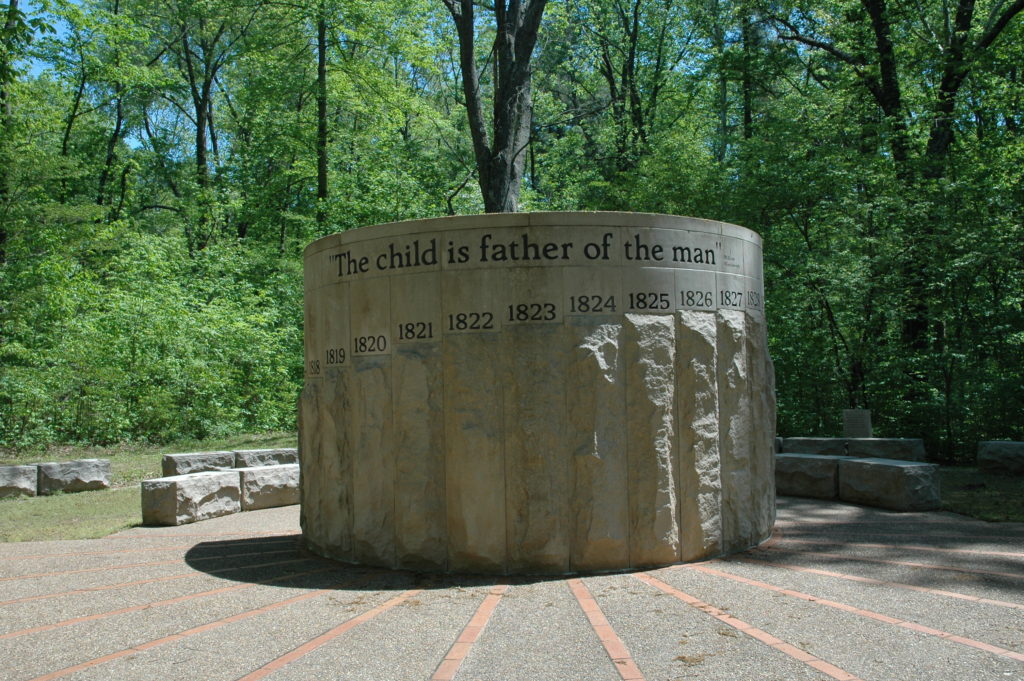

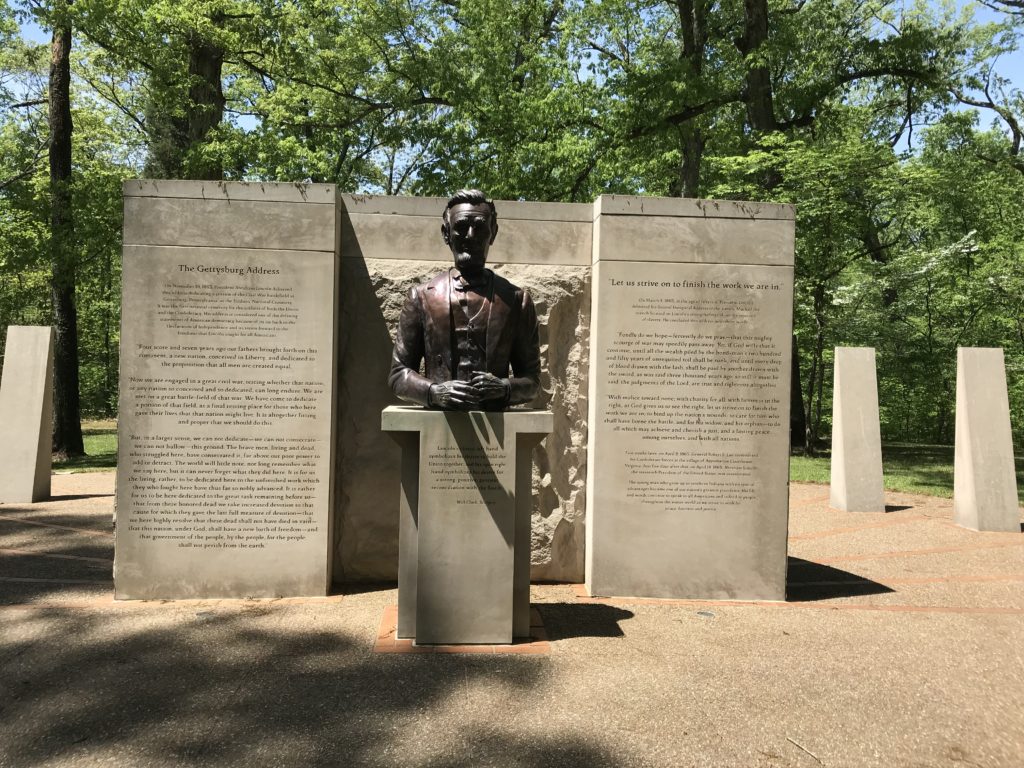
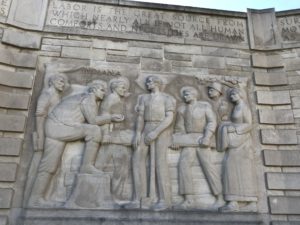 During my
During my 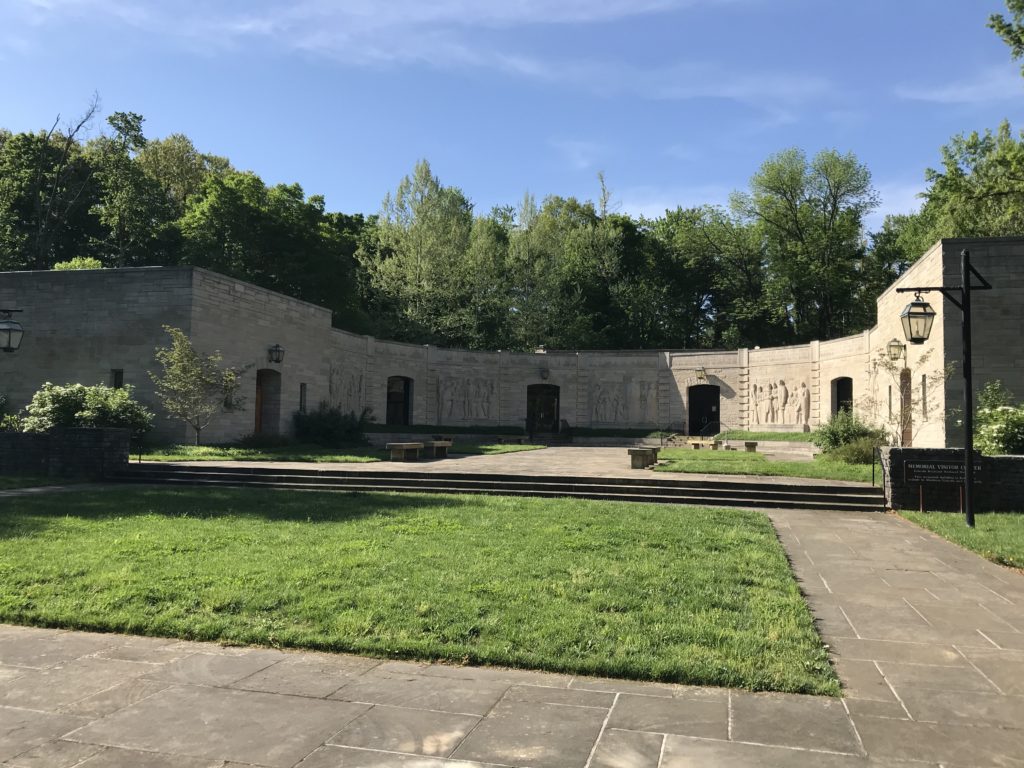 From here there is a short walk up a landscaped tree-line allee to the gravesite of Nancy Hanks Lincoln designed by Frederick Law Olmstead, Jr. Lincoln’s mother had died in 1818 of what was called “milk sickness,” later to be associated with cows eating the toxic white snakeroot plant. Her grave remained unmarked until a permanent marker was erected in 1879.
From here there is a short walk up a landscaped tree-line allee to the gravesite of Nancy Hanks Lincoln designed by Frederick Law Olmstead, Jr. Lincoln’s mother had died in 1818 of what was called “milk sickness,” later to be associated with cows eating the toxic white snakeroot plant. Her grave remained unmarked until a permanent marker was erected in 1879.

